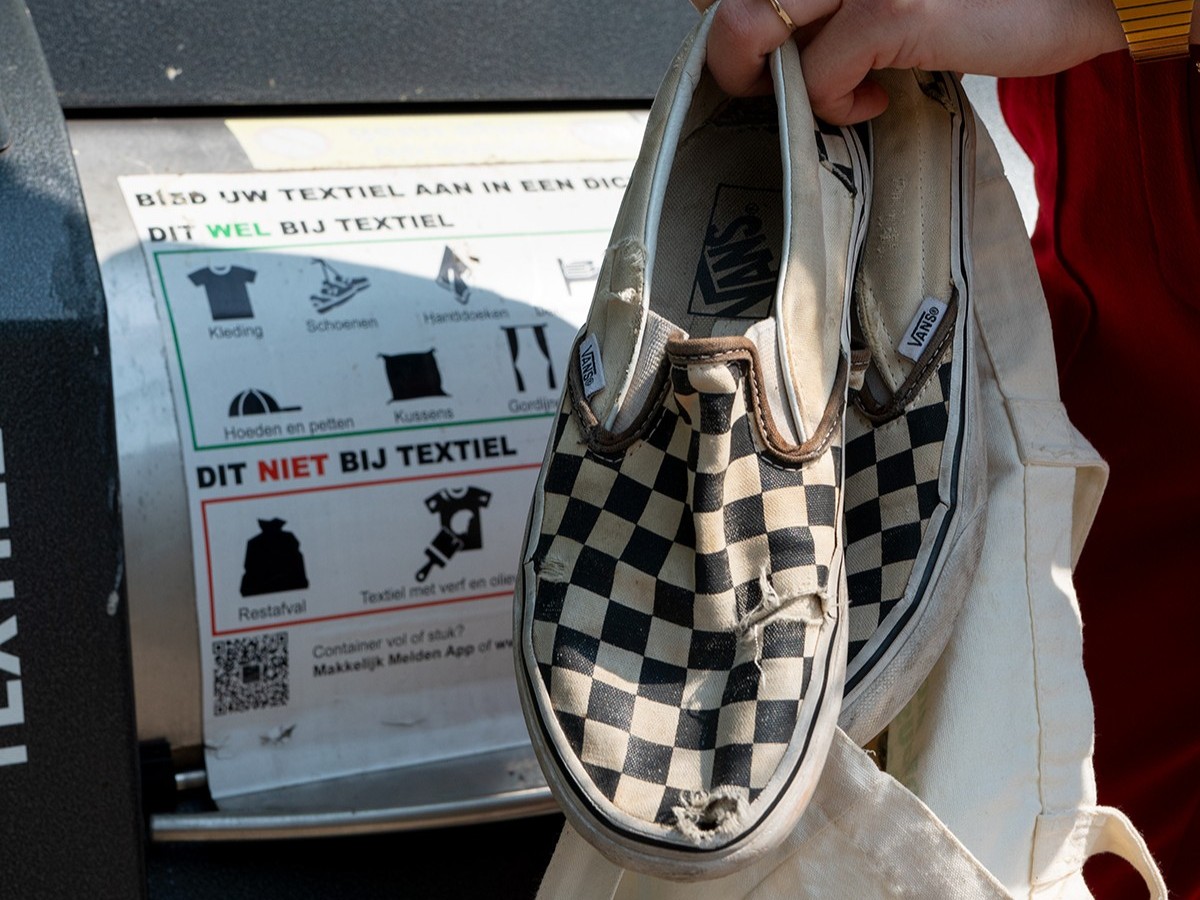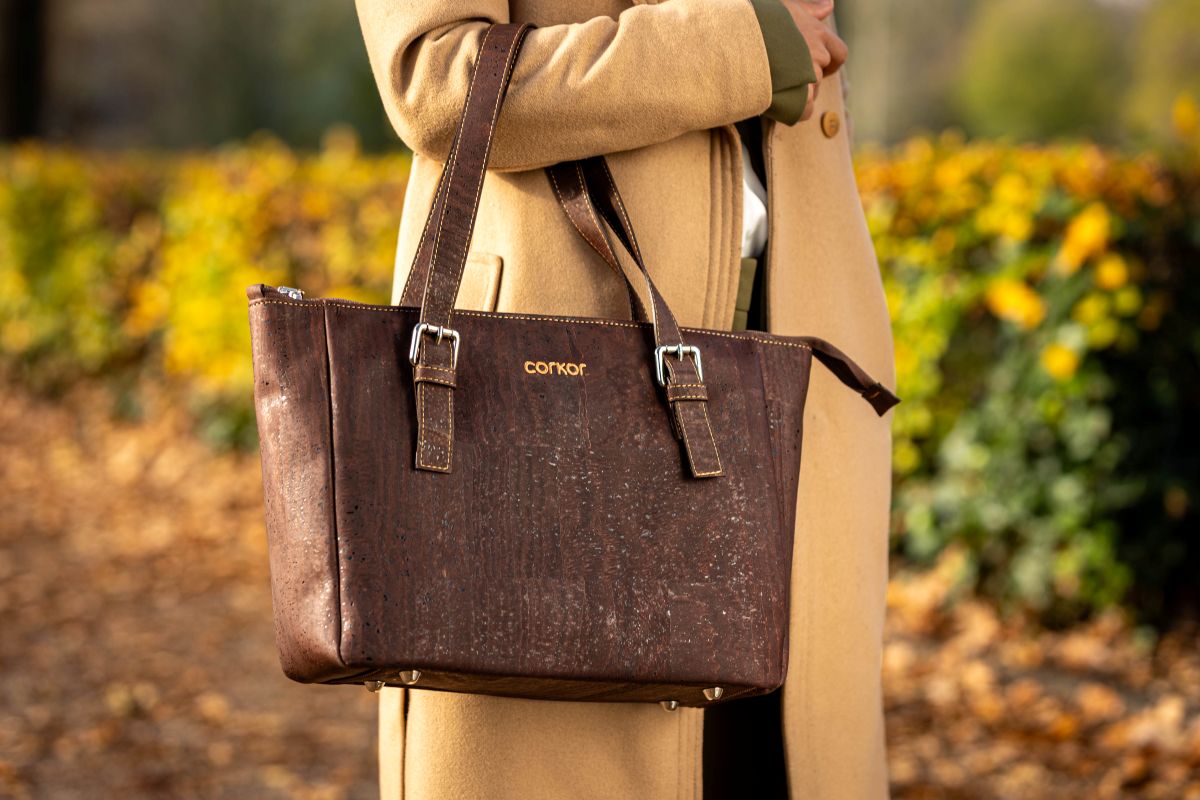Don't get us wrong: at thegreenlist.nl we love second-hand shopping. Also online! Marketplace, Vinted, Facebook: we save all the apps! Only, buying second-hand clothes and stuff online is a bit more exciting. An online second-hand mis-sale lurks, as you cannot try on clothes and photos can also give a distorted picture. In this article, we share tips to minimise mis-selling on online platforms such as Vinted and Marktplaats. So next time, you can get your parcel with a big smile open.
Buying second-hand clothes online: how to avoid a bad buy
We all know it: you see a great second-hand find on Marktplaats or Vinted and your fingers itch to immediately hit the ‘buy’ button. But wait a minute! Before you finalise that purchase, it's smart to check the ad and photos thoroughly first. With a few extra steps, you can ensure that you will soon have a fantastic new item in your hands, with no surprises. It might take a bit more work and patience, but with these tips you will avoid disappointment and always get the best out of your online second-hand purchases.
Ask for an ‘on-picture’ of the second-hand garment
On Vinted or Marketplace, you often see garments hanging on a hanger - convenient, but not always representative. How a garment falls on a hanger can be completely different from how it sits on a real body. Therefore, our first tip is to ask the seller if he or she can send a photo of the garment while it is being worn. Then also ask right away about the seller's size and whether the garment falls ‘normally’ or just bigger or smaller than average. This will help you better assess how the item will look on you. Make sure the photo is well-lit and that no parts of the garment are missing when someone takes a picture in the mirror. Doesn't the seller feel like the extra work? No worries! The following tips will get you a long way! But honestly... if someone doesn't want to help you any further, we'd shop a bit more.
Ask about the dimensions of a second-hand garment
Measuring is knowing, and this is especially true when buying second-hand. To make sure a garment fits you, you can ask the seller to provide specific measurements. Useful measurements to ask are: the length of the garment, the waist width or the distance from armpit to armpit. If you know the measurements, you can compare them with a garment you already have and like to wear. Do the measurements roughly match? Then chances are the trousers will fit perfectly!
An extra tip for shoes: ask the seller if he or she can measure the insole and share this length with you. Compare this with your own shoes to make sure they will fit properly. Find more second-hand shoe tips in this article, because there is much more to tell about this. By the way, this tip is not only useful for clothes, but also for other things like furniture. Always check the measurements before buying something!


This is how to avoid a second-hand mis-buy online: ask for the exact measurements of the intended garment and material choice is also a fine adviser.
Preventing online second-hand mis-selling: check what material an item is made of
There is nothing more annoying than a jumper that itches or does not breathe well, because it will probably end up unworn in the back of your closet or get a single ticket to the thrift store. Also irritating are garments made of a wrinkled fabric. You probably won't feel like ironing it every time either, leaving it unworn in your closet. To avoid this, the tip is to always look at the material of a garment. If necessary, ask for a picture of the label. That way, you reduce the chances of buying a poor quality item. We have written about different clothing materials and sustainability before.
Use Google Lens to avoid an online second-hand misbuy
Surprising, but with Google Lens you can find an item you have screen-shopped on the internet in an instant. This is especially useful with the growing offer of fast fashion chains such as Shein and Temu, where the chances of making a wrong purchase are higher. This is because many ‘bad’ clothes from these online shops are offered second-hand - because many people want to get rid of them - and sellers often know that these items are not worth much more. Some sellers therefore pretend not to know the brand, or deliberately put a different brand name, often under the guise of ‘vintage’. With help from Google Lens, you reduce the chances of buying someone else's misses online.
Online second-hand shopping: how to avoid a bad buy
There are plenty of pitfalls when buying second-hand clothes online. Unlike a physical shop, online you cannot try on a garment, feel the fabric and sometimes you have no idea what brand you are buying. Fortunately, with the tips above, you can avoid getting your hands on a disappointment. It may take a little extra patience and dedication, but it will all be worth it when you soon walk out the door with your amazing new item - with no regrets!
More second-hand shopping tips from thegreenlist.nl
- Also see: thrift shop tips.
- Also see: This is how to find Dutch sellers on Vinted.
- Also see: tips for finding second-hand children's clothes.
Photo credits: main image: Liza Summers (Pexels), measuring top: Darina Belonogova (Pexels), pile of clothes: Arina Krasnikova (Pexels).












